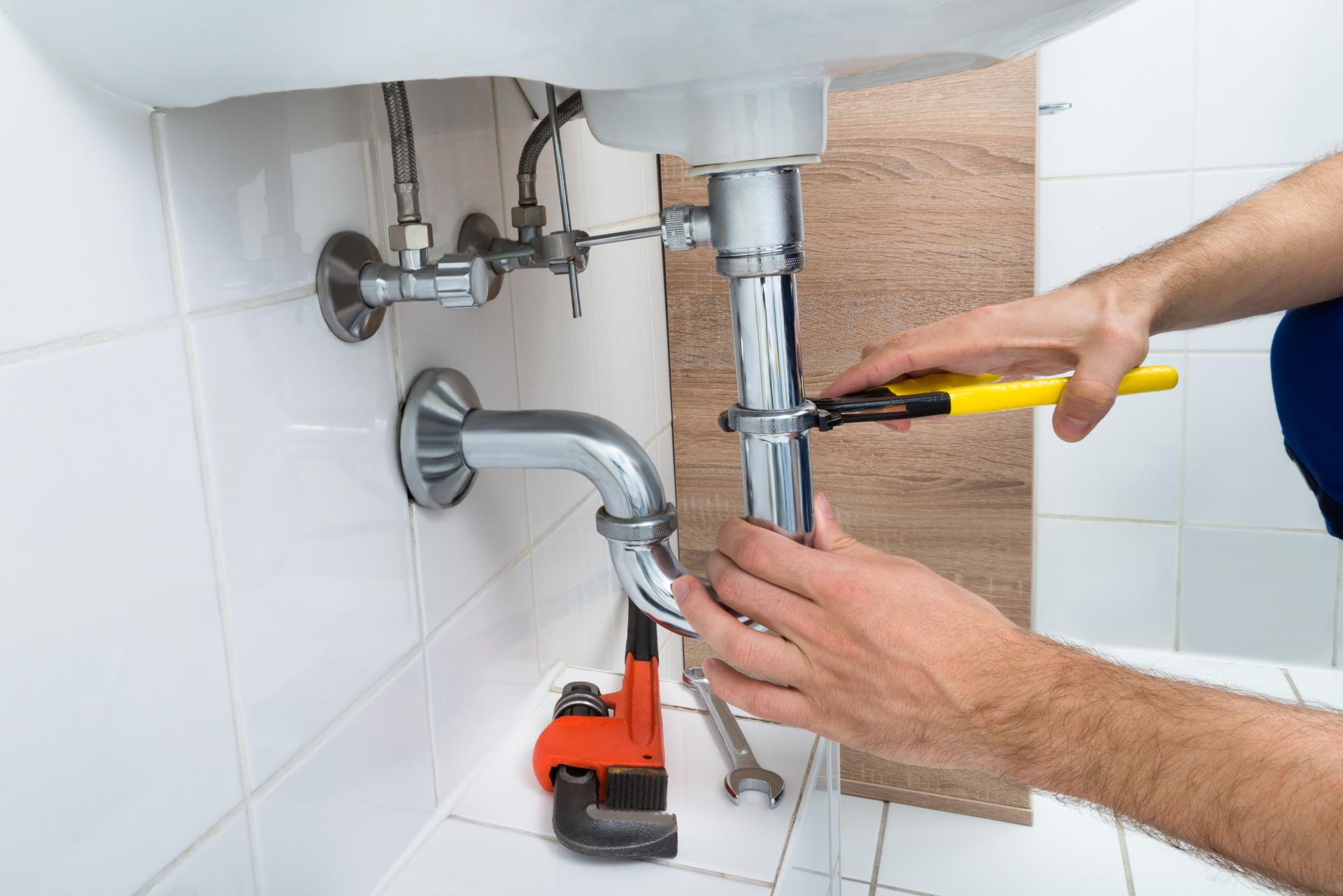Knowing When to Replace Your Plumbing and What to Expect

Plumbing is an integral part of every home and provides us with safe water for drinking, cooking, and cleaning, as for the disposal of wastewater. Like any other appliance in your home plumbing is prone to become worn out and need replacement.
Understanding when it’s time to upgrade your plumbing crucial to prevent costly repairs and avoid potential health risks. We’ll discuss the signs that indicate that your plumbing is in need of being replaced, factors to consider prior to replacing your plumbing, the process of replacing your plumbing, the benefits of replacing your plumbing, and a section on FAQs to address any concerns you might have.
There are signs that it’s time to upgrade your plumbing
There are many indications that the plumbing in your home needs to be replaced, including: Leaks When you notice water stains or puddles around your home, it’s likely to be a sign of a plumbing leak. Leaks can cause serious destruction to the structure of your home and can lead to the growth of mold and it’s important to address them promptly. Rusty pipes: Rusty pipes are a clear indication that your plumbing requires to be replaced. Rust can contaminate the water supply in your home which makes it unfit for drinking or cooking. In the event of low water pressure, if your showerheads and faucets produce weak flow of water is a sign of low pressure in the water that is caused by blocked pipes or corroded pipes. Water discoloration: Discolored water, such as yellow or brown, is an indication of sediment or rust in your pipes. This could affect the taste and quality of your water and may be a sign of the need for a plumbing replacement.
Factors to Consider Before Replacing the plumbing
Before you replace your plumbing there are a variety of factors to consider, including the age of your plumbing: Plumbing systems are designed to last about 50 years. So should your home be more than this, then it’s likely to be time to replace it. Cost of replacement replacing your plumbing could be costly, and it’s important to budget for this expense. The severity of the plumbing issue If the plumbing issues are extensive and affecting several parts of your house, replacement may be the most effective option.
What to Expect During the Plumbing Replacement Process
The plumbing replacement process involves several steps, including: Shutting off the water supply Your plumber will have to shut off the water supply to your house to avoid water damage or leaks. Removal of old pipes The old pipes will have to be removed. This could require cutting through walls or floors. Installing new pipes: New pipes will be installed, which might require rerouting to ensure proper water flow. The timeline for replacing the plumbing will depend on the dimensions of your home and the difficulty of the task. Homeowners should expect disruptions throughout the process, such as water shut-offs, and possibly damage to floors and walls.
Benefits of Replacing Plumbing
Replacing your plumbing offers several advantages, such as: Increased water efficiency new plumbing fittings and pipes have higher efficiency, reducing the amount of water you use and decreasing the cost of your utilities. Improved water quality by replacing the old pipes that are corroded with new ones will improve the quality and quality of water, making it safer for drinking and cooking. Lower risk of plumbing issues The new plumbing is less likely to develop leaks or clogs, reducing the need for expensive repairs in the near future.
Conclusion
Replacing your plumbing is a major purchase, but it’s vital for your home’s security and security. When you are aware of the signs that suggest your plumbing needs replacing, considering the elements that influence replacement and knowing what you can expect from the replacement process, you’ll be able to make an informed decision regarding your home’s plumbing. Make sure to remember that replacing your plumbing can provide a variety of benefits, including increased water efficiency, improved water quality, and a reduced the chance of having plumbing problems in the future.
FAQ Section
How much will it cost to replace plumbing?
The cost to replace your plumbing will be contingent on many factors, such as the size of your house as well as the complexity of the task, as well as the materials used. In the average, homeowners should expect to shell out between $5,000 and $10,000 for a complete plumbing replacement.
How long does it take to replace plumbing?
The length of time needed for plumbing repair will vary based on the size of your house as well as the complexity of the task. Typically, a whole-house plumbing repair can take anywhere from two and four weeks.
Should I replace my plumbing system if there is an issue with my plumbing?
If you’re experiencing a single pipe leak, it may not require a full replacement. If you’re experiencing multiple leaks , or observe other indications of plumbing problems, replacing could be the best choice.
Do I have the ability to replace my plumbing by myself?
The replacement of your plumbing can be a difficult task that should be left to the expertise of a qualified plumber. Attempting to replace your plumbing by yourself can lead to costly errors and could pose security risks.
What kind of pipes do I need to use for my plumbing replacement?
There are several types of pipes available for plumbing replacement, including copper, PVC, and PEX. Your plumber can recommend the best type of pipes based on your particular requirements and budget. In conclusion, replacing your plumbing is an important decision to make with care. If you are aware of the indicators that tell you that your plumbing is in need of to be replaced, considering the factors before replacement, and knowing what to expect during the plumbing replacement process, you will be able to make an informed decision regarding your home’s plumbing. A skilled plumber can help to guide you throughout the entire process and guarantee the success of your replacement of your plumbing.
